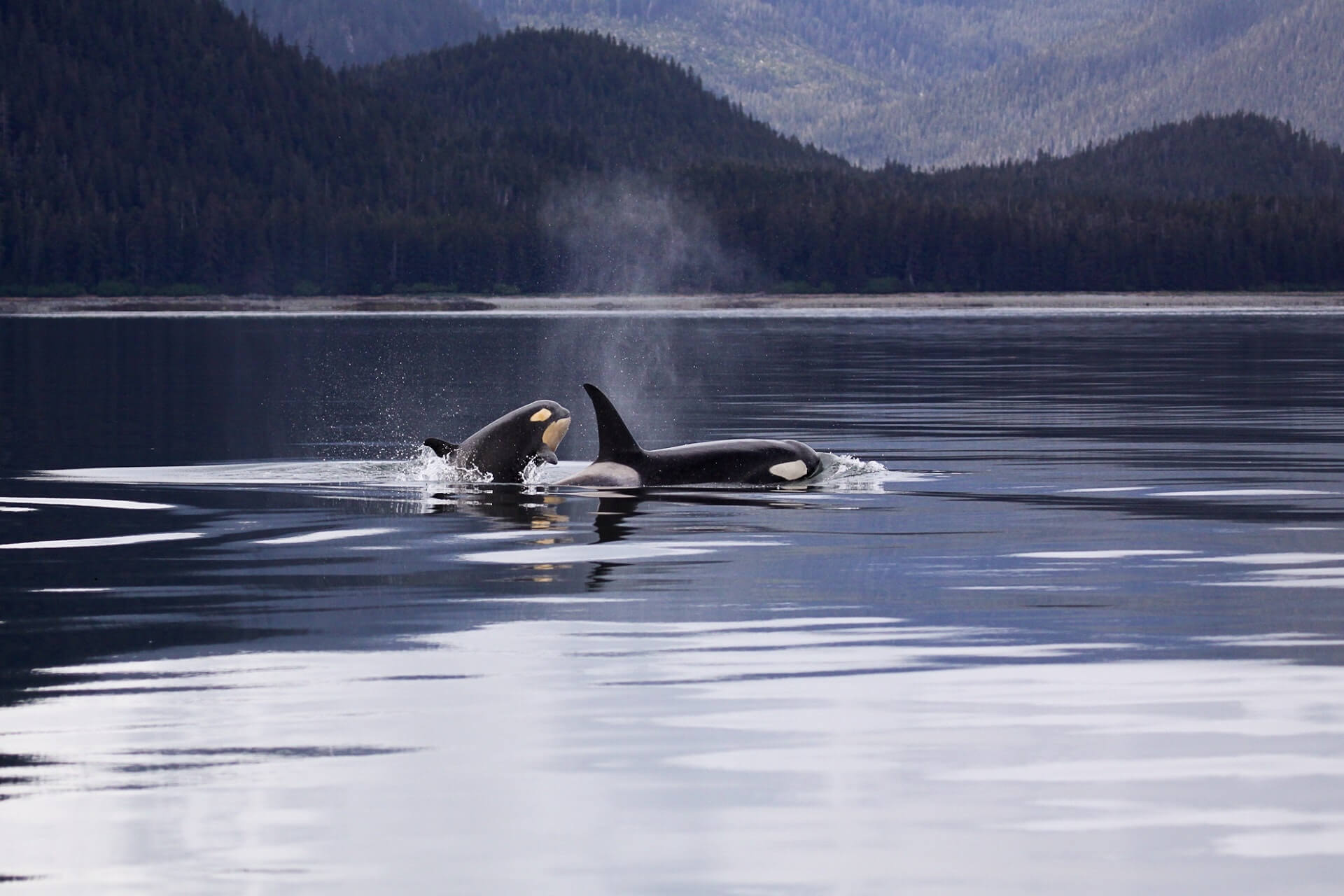BBC Earth newsletter
BBC Earth delivered direct to your inbox
Sign up to receive news, updates and exclusives from BBC Earth and related content from BBC Studios by email.
Animals
If you’re looking for females that don’t play by restrictive gender rules, the natural world has a wealth of examples.
Whether their power lies in flamboyance or caregiving, wisdom or fighting instinct, prepare to meet some of the world’s strongest female role models.

A group of lions is called a pride, so the proudest animal would surely be the one that brings home the most bacon (or warthog). In the savannah, it’s the lionesses who are actually the most successful hunters.Females have been observed hunting together, taking on roles as “wings” and “centres” to close down the escape routes for their prey1. Males meanwhile are much less active in these group hunts, with research suggesting they are more likely to hunt alone in areas with denser vegetation2. Hunting solo has the advantage that the spoils aren’t shared, but to outwit larger prey such as zebra or buffalo and feed the whole pride, teamwork is vital3.

A group of marine mammals that also depend on females hunting together are orca, whose family groups – called pods –are mostly matriarchal. It’s the eldest females in these groups that impress, as an example of females that are valuable beyond their reproductive ability. In orca social groups, menopausal females play an essential role as leaders to find salmon foraging grounds, with the effect exaggerated in years of low salmon abundance4. Researchers believe that the ecological knowledge of these wise orca is beneficial to successive generations, which may explain why females live to 90 years old despite not reproducing past around 40 years.

Sexual dimorphism5 is when one sex looks strikingly different to the other – and when it comes to birds, we’re used to the male showing this off. But there are species where the female is more eye-catching – and for birds of prey this is due to their size. Females are often bigger than males and one of the most extreme differences is seen in the northern goshawk6, where they can be almost one-third larger. This is thought to confer advantages in motherhood, as females can catch larger meals including birds of a similar size, such as buzzards and kites. But what about flashy feathers? Females of all three7. They’ve also been observed initiating courtship, defending territories, and mating with multiple partners – leaving former lovers to incubate eggs and raise chicks alone. This behaviour is considered a ‘role reversal’8 in response to a sex ratio tipped in favour of males, meaning females compete for mates. Yet there have also been records of male red phalaropes sporting ‘female’ plumage9, so these birds keep biologists guessing!

Perhaps the ultimate independent females of the animal kingdom are those that reproduce and raise offspring with no male contribution at all. Parthenogenesis, as it is known, has been recorded in birds as well as over 80 taxa of fish, lizards and reptiles10, mostly when environmental factors mean they’re unable to interact with males, notably in zoos and aquaria. Yet species such as pitvipers11 have been studied reproducing like this in the wild, even when males are available. Scientists don’t have a definitive answer for why some species take this route for reproduction, but it’s certainly raised a lot of new questions.

While females of many species will scuffle over food and resources, or access to a limited number of males, Topi antelopes are something else. While the males hold territories within mating hotspots, called leks, large groups of females compete with each other to mate with the fittest males12. Females are only ready to mate for one day a year13, and this pressure is thought to push them to heightened aggressive interactions – they even interrupt copulation attempts by rivals, to make sure the male in the middle is theirs.
In the animal kingdom, females can be found exhibiting flamboyance, caregiving, wisdom, and fighting instinct. These examples of female leadership, independence and focus ought to inspire humans, one of the most adaptable species on Earth, to help their own females reach their full potential.
Featured image © Vicki Jauron, Babylon and Beyond Photography | Getty
1 Cooperative lioness hunts, 2 Male lions hunting habits, 3 Lionesses team work, 4 Menopausal orca, 5 Sexual dimorphism, 6 Northern Goshawk, 7 Phalarope females, 8 Sex role reversal in phalaropes, 9 Plumage of male red phalarope, 10 Spectacular virgin births, 11 Pitvipers parthenogenesis, 12 Topi antelope aggression, 13 Females mate one day a year